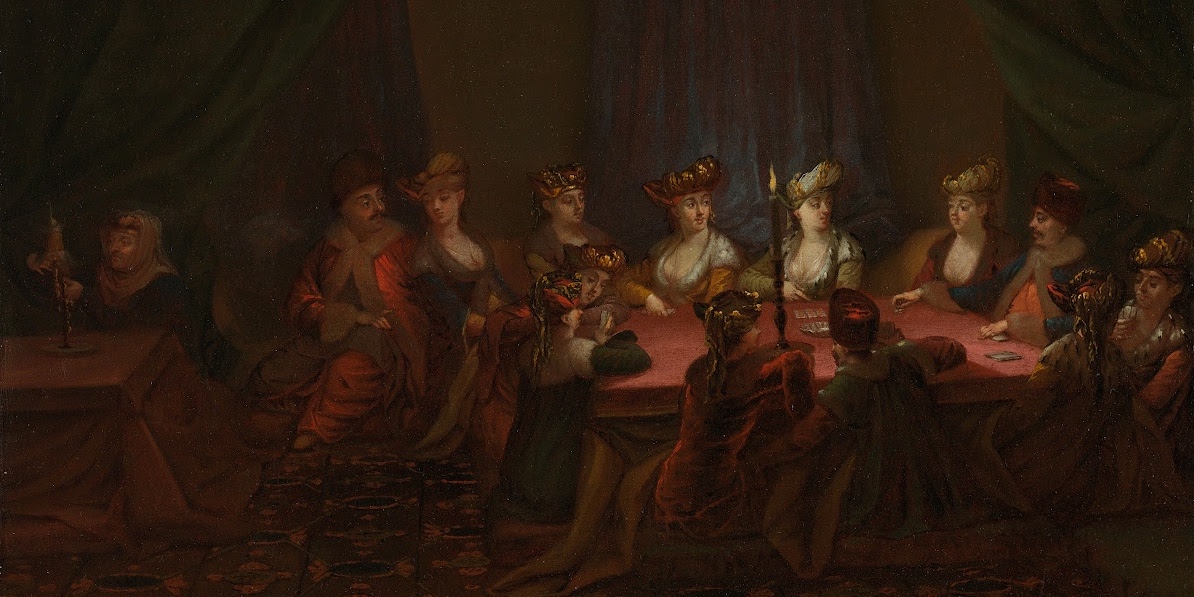Beekeeping in Late Ottoman Palestine
Episode 317
The history of late Ottoman Palestine and the changes in settlement, agriculture, economy and politics that occurred there remain a subject of great interest for historians of the Middle East. In this episode, our guest Tamar Novick introduces a new approach to that history using the lens of ecology. We explore changes in late Ottoman Palestine through enivoronment and human-animal relations and in particular, the transformation of beekeeping practices that arrived with Europeans during the late 19th century. We learn about how the introduction of moveable hives transformed the relationship between beekeepers, bees, and the landscape, and we consider how European settlers saw in the bees of the Holy Land a unique animal stock that could be developed and possibly exported elsewhere while simultaneously casting the bee and apiculture in Ottoman Palestine as a site of technological intervention.
Stream via SoundCloud
Contributor Bios
 |
Tamar Novick is a research scholar at the Max Planck Institute for the History of Science, Berlin, and the co-leader of "The Body of Animals" working group there. Her book manuscript, entitled Milk & Honey: Technologies of Plenty in the Making of a Holy Land, examines how settlers in Palestine in the long 20th century attributed special qualities to their land, and used science and technology to reconstruct a plentiful mystical past – literally, "a land flowing with milk and honey." |
 |
Chris Gratien holds a Ph.D. from Georgetown University's Department of History and is currently an Academy Scholar at the Harvard Academy for International and Area Studies. His research focuses on the social and environmental history of the Ottoman Empire and the modern Middle East. He is currently preparing a monograph about the environmental history of the Cilicia region from the 1850s until the 1950s. |
Recommended Episodes
 |
Anne Marie Moulin | #286
12/4/16
|
The Pasteur Institute and its Global Network | |
 | Anat Mooreville | #138
12/28/13
| Traveling Oculists in Israel/Palestine | |
 |
Liora Halperin | #235
4/3/16
|
Linguistic Diversity in Mandate Palestine | |
 |
Ahmet Ersoy | #309
3/30/17
|
Everyday Life and History in Ottoman Illustrated Journals |
Credits
Episode No. 317
Release Date: 19 June 2017
Recording Location: Harvard University
Audio editing by Chris Gratien
Music: Harmandali - Recep Efendi, Cemal Efendi; Katibim (Uskudar'a Gider iken) - Safiye Ayla
Special thanks to Kara Günes for permission to use the composition "Istanbul"
Images and bibliography courtesy of Tamar Novick
Release Date: 19 June 2017
Recording Location: Harvard University
Audio editing by Chris Gratien
Music: Harmandali - Recep Efendi, Cemal Efendi; Katibim (Uskudar'a Gider iken) - Safiye Ayla
Special thanks to Kara Günes for permission to use the composition "Istanbul"
Images and bibliography courtesy of Tamar Novick
Images
 |
| The Baldensperger family demonstrating the use of the Langstroth moveable-frame Beehive alongside local clay hives, 1890. Source: Armbruster’s Bildersammlung zur Bienenkunde (Ludwig Armbruster’s Apiary Photo-Collection), a permanent loan from the University of Hohenheim to the Domäne Dahlem, Germany. |
Select Bibliography
Anderson, Virginia DeJohn. Creatures of empire: How domestic animals transformed early America. Oxford University Press, USA, 2006.
Benson, Etienne. Wired wilderness: Technologies of tracking and the making of modern wildlife. JHU Press, 2010.
Davis, Diana K., and Edmund Burke. Environmental Imaginaries of the Middle East and North Africa. Ohio University Press, 2011.
Edgerton, David. Shock of the old: Technology and global history since 1900. Profile books, 2011.
Haraway, Donna Jeanne. Primate visions: Gender, race, and nature in the world of modern science. Psychology Press, 1989.
Kosek, Jake. "Ecologies of empire: on the new uses of the honeybee." Cultural Anthropology 25.4 (2010): 650-678.
Mikhail, Alan. The Animal in Ottoman Egypt. Oxford University Press, 2013.
Obenzinger, Hilton. American Palestine: Melville, Twain, and the Holy Land Mania. Princeton, N.J.: Princeton University Press, 1999.
Ritvo, Harriet. The animal estate: The English and other creatures in the Victorian age. Harvard University Press, 1987.
Woods, Rebecca J. H. “From Colonial Animal to Imperial Edible: Building an Empire of Sheep in New Zealand, ca. 1880–1900.” Comparative Studies of South Asia, Africa and the Middle East 35.1 (2015): 117-136.










Comments
Post a Comment
Due to an overwhelming amount of spam, we no longer read comments submitted to the blog.